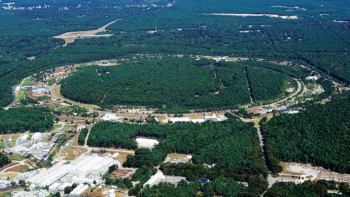 Read article 'CMS: a super solenoid is ready for business'
Read article 'CMS: a super solenoid is ready for business'
CMS: a super solenoid is ready for business
In the spring of 2007 the powerful superconducting solenoid for the CMS experiment had passed its commissioning tests with flying colours and was ready for routine operation.










